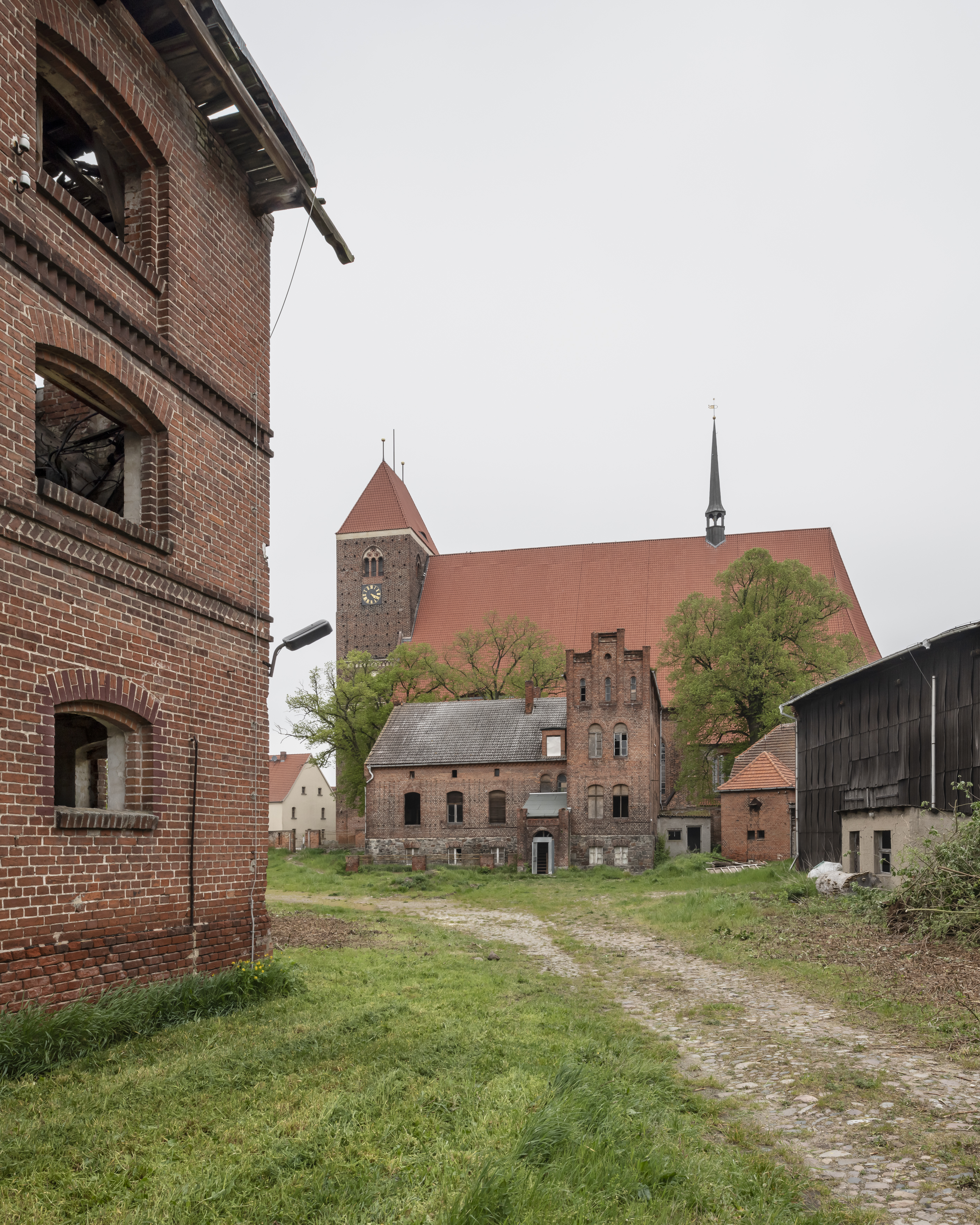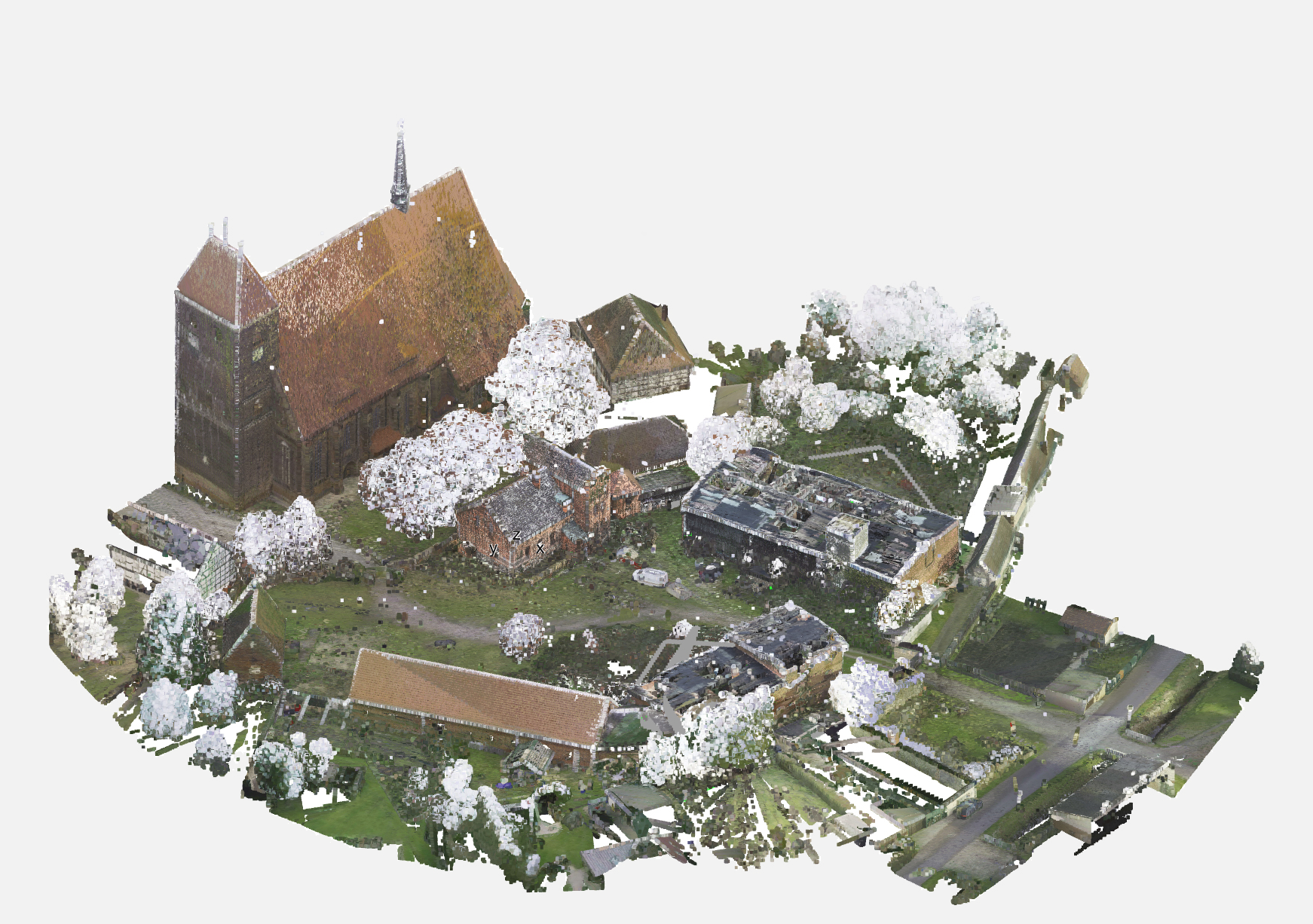009 Komturei Werben
Place:
Year:
Team:
Year:
Team:
Werben (Elbe)
2020-
Noah Curinga, Joanna von Essen, Yola Fahdt, David Gössler, Patrick Holzer, Nina Lehrum, Aimée Michelfelder, Emily Schlatter, Olivia Sommer, Hannah Titz, Jakob Wolters und Jurek Brüggen
2020-
Noah Curinga, Joanna von Essen, Yola Fahdt, David Gössler, Patrick Holzer, Nina Lehrum, Aimée Michelfelder, Emily Schlatter, Olivia Sommer, Hannah Titz, Jakob Wolters und Jurek Brüggen

The Komturei Werben is a historically significant farmstead with gardens and several buildings in need of renovation in the German Hanseatic town of Werben (Elbe). The architecture collective OFEA developed a development concept in a self-initiated concept process and acquired the site from the town as the OFED Office for Ecological Development on a conceptual basis. OFEA, OFED and the Johanniterkomturei Werben e.V. association, which was reactivated by the architects, are planning an ecological, post-fossil model project for living and working in the countryside.
The farm and buildings were last used as an agricultural production co-operative (LPG), then stood empty for a long time and fell into disrepair. The aim of the project is for the farm to become a new community centre in Werben in the future – for users of different generations and with different interests.
The Komturei is intended to make an active contribution to the regeneration of the climate and nature. The buildings and the courtyard will bind more CO2 and generate more renewable energy than is emitted or consumed. Existing buildings and the grey energy stored in them will be preserved to the greatest possible extent and building materials will be reused on site. New components or materials are installed in a reversible and unmixed manner so that they can be recycled or reused later.
Buildings and the built environment represent an important habitat for plants and animals. The aim of the project is to promote and enable as many species as possible to live together. To this end, nesting boxes are integrated into all buildings. Wherever possible, green façades and roofs are planned. Outside, differentiated habitats such as natural ponds and deadwood areas will be created.
www.komtureiwerben.eu
in collaboration with ammi and David Gössler
3d Scan by jbks
photo by Hannes Heitmüller
![]()
![]()
The farm and buildings were last used as an agricultural production co-operative (LPG), then stood empty for a long time and fell into disrepair. The aim of the project is for the farm to become a new community centre in Werben in the future – for users of different generations and with different interests.
The Komturei is intended to make an active contribution to the regeneration of the climate and nature. The buildings and the courtyard will bind more CO2 and generate more renewable energy than is emitted or consumed. Existing buildings and the grey energy stored in them will be preserved to the greatest possible extent and building materials will be reused on site. New components or materials are installed in a reversible and unmixed manner so that they can be recycled or reused later.
Buildings and the built environment represent an important habitat for plants and animals. The aim of the project is to promote and enable as many species as possible to live together. To this end, nesting boxes are integrated into all buildings. Wherever possible, green façades and roofs are planned. Outside, differentiated habitats such as natural ponds and deadwood areas will be created.
www.komtureiwerben.eu
in collaboration with ammi and David Gössler
3d Scan by jbks
photo by Hannes Heitmüller

